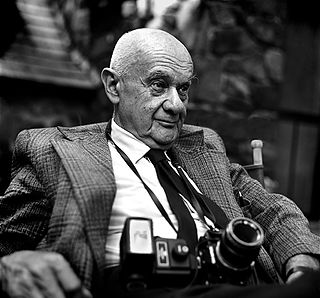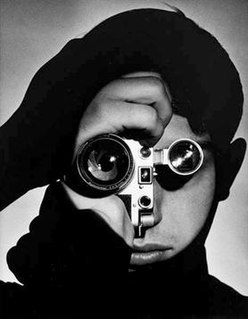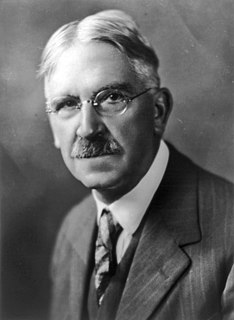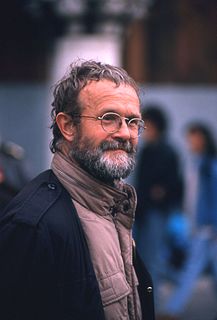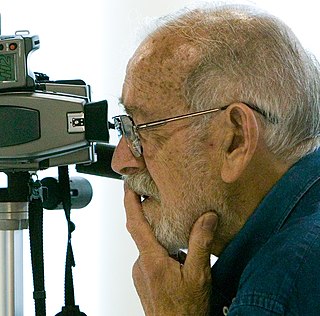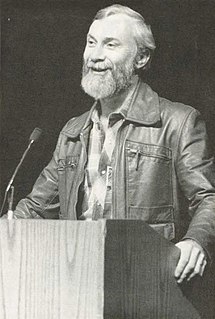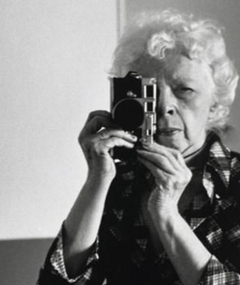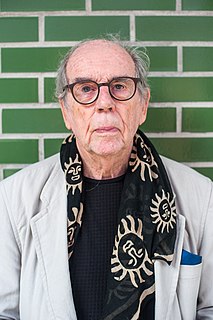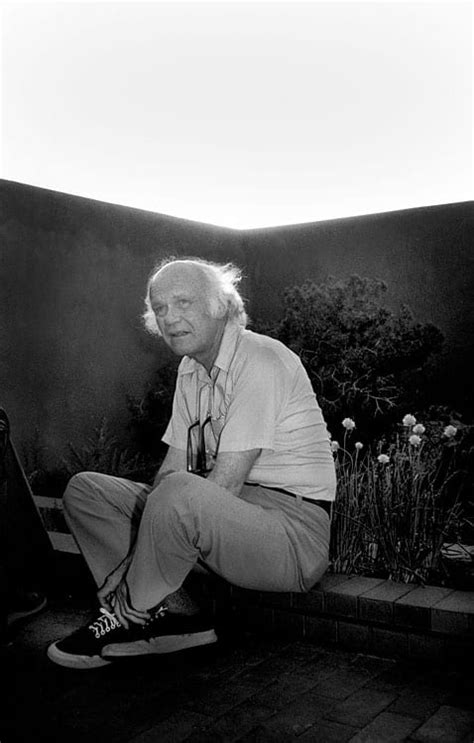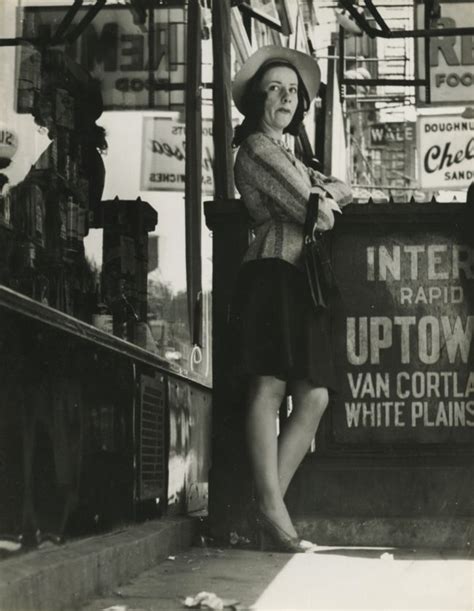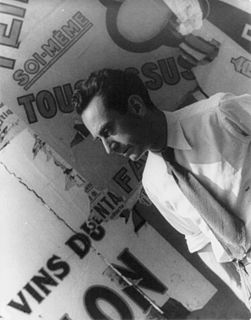A Quote by Roman Vishniac
The purpose of photography is the transmission of a visualized sector of life through the medium of the camera into a mental process that starts with the photographer's thinking about the subject he photographs and is continued in the mind of the spectator.
Related Quotes
Once a photographer is convinced that the camera can lie and that, strictly speaking, the vast majority of photographs are camera lies, inasmuch as they tell only part of a story or tell it in distorted form, half the battle is won. Once he has conceded that photography is not a naturalistic medium of rendition and that striving for naturalism in a photograph is futile, he can turn his attention to using a camera to make more effective pictures.
No individual photo explains anything. That's what makes photography such a wonderful and problematic medium. It is the photographer's job to get this medium to say what you need it to say. Because photography has a certain verisimilitude, it has gained a currency as truthful - but photographs have always been convincing lies.
Photography is inextricably linked with life; the photographer is not invisibly behind the camera but projecting a life-attitude through the lens to create an interference pattern with the image. Who he is, what he believes, not only becomes important to know intellectually, but also becomes revealed emotionally and visibly through a body of work.
The camera can push the new medium to its limits - and beyond. It is there - in the "beyond" - that the imaginative photographer will compete with the imaginative painter. Painting must return to the natural world from time to time for renewal of the artistic vision. The key sector of renewal of vision today is the new vistas revealed by science. Here photography, which is not only art but science also, stands on the firmest ground.
It is the purpose of life that each of us strives to become actually what he or she is potentially. Each photographer, then, should be obsessed with stretching towards that goal through an understanding of others and the world we inhabit. When that happens, the results, like photographs, are really the expressions of the life of the maker.
More and more are turning to photography as a medium of expression as well as communication. The leavening of aesthetic approaches continues. While it is too soon to define the characteristic of the photographic style today, one common denominator, rooted in tradition, seems in the ascendancy. The direct use of the camera for what it can do best, and that is the revelation, interpretation, and discovery of the world of man and of nature. The greatest challenge to the photographer is to express the inner significance through the outward form.
